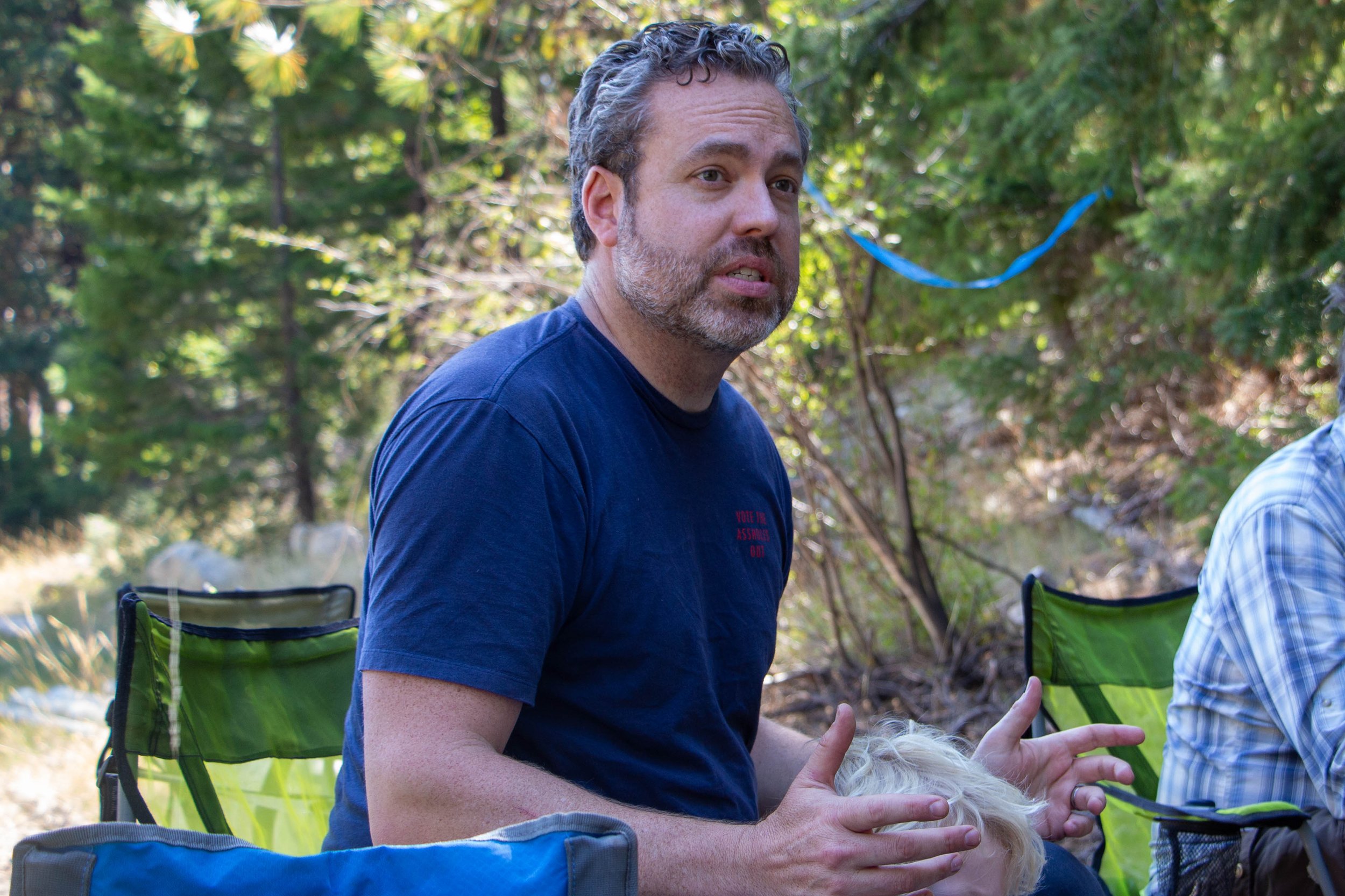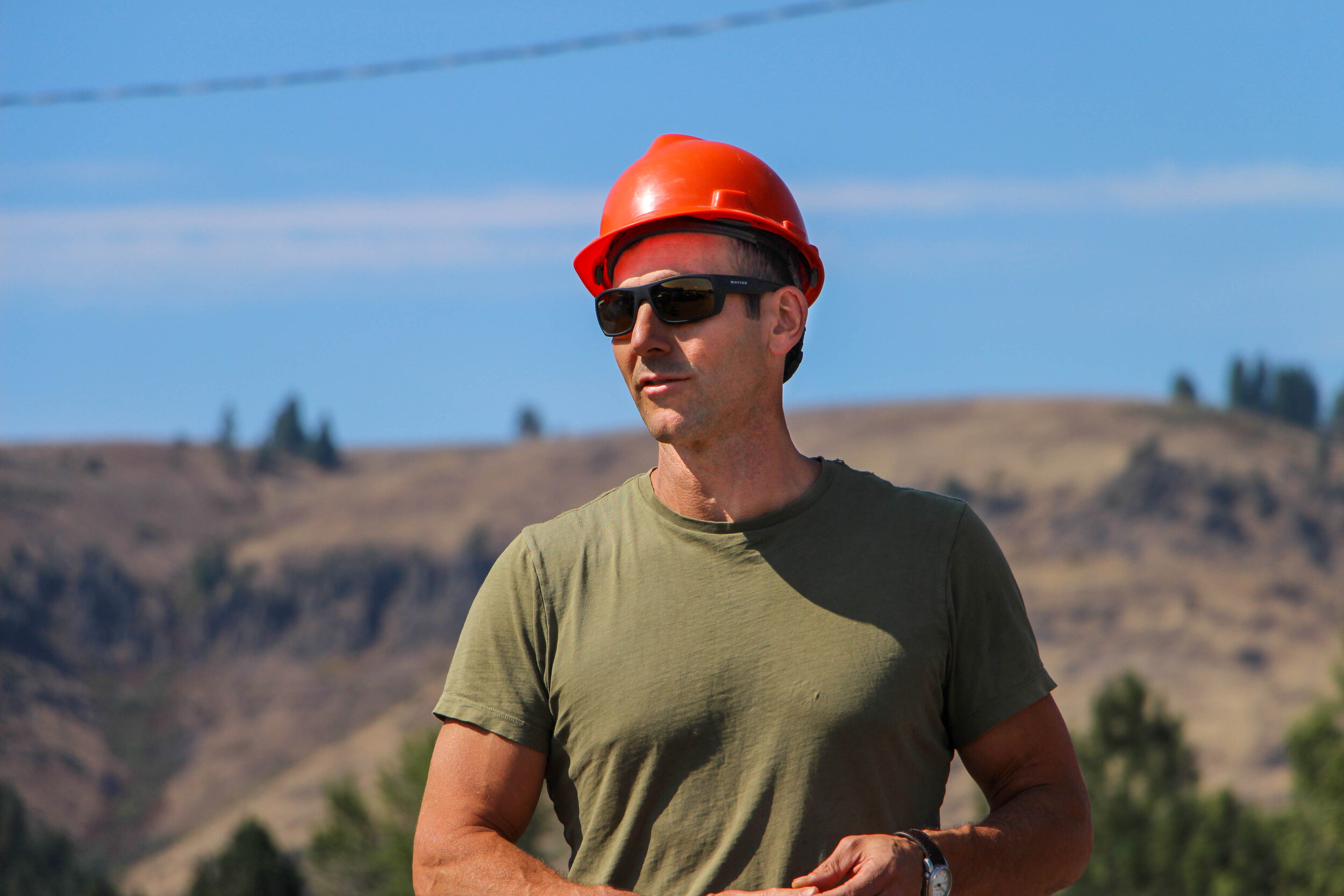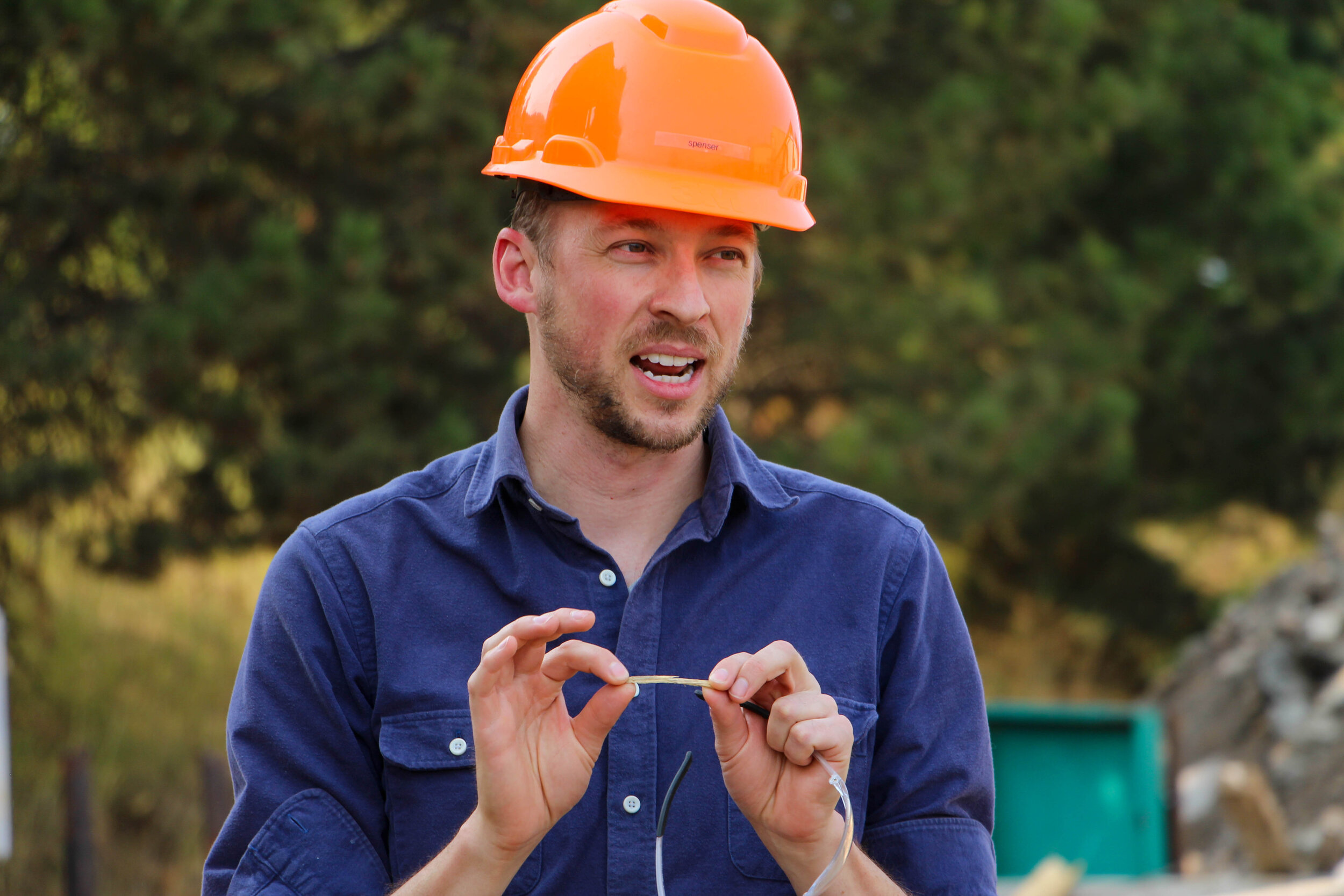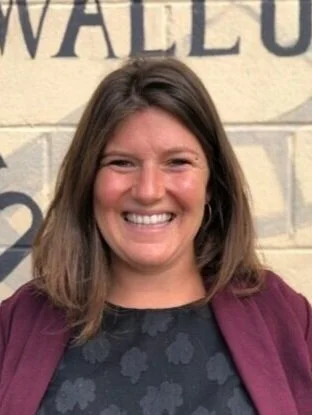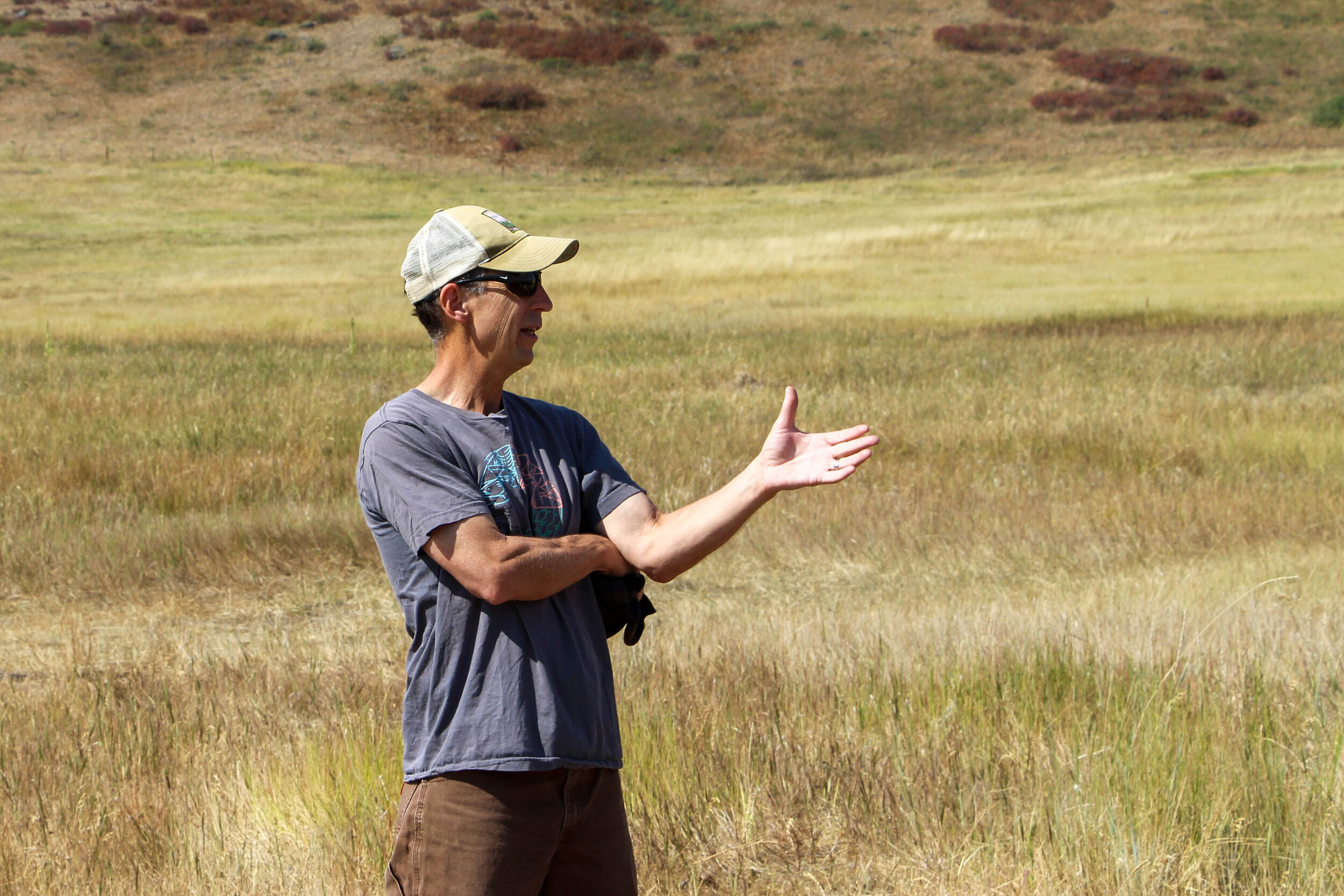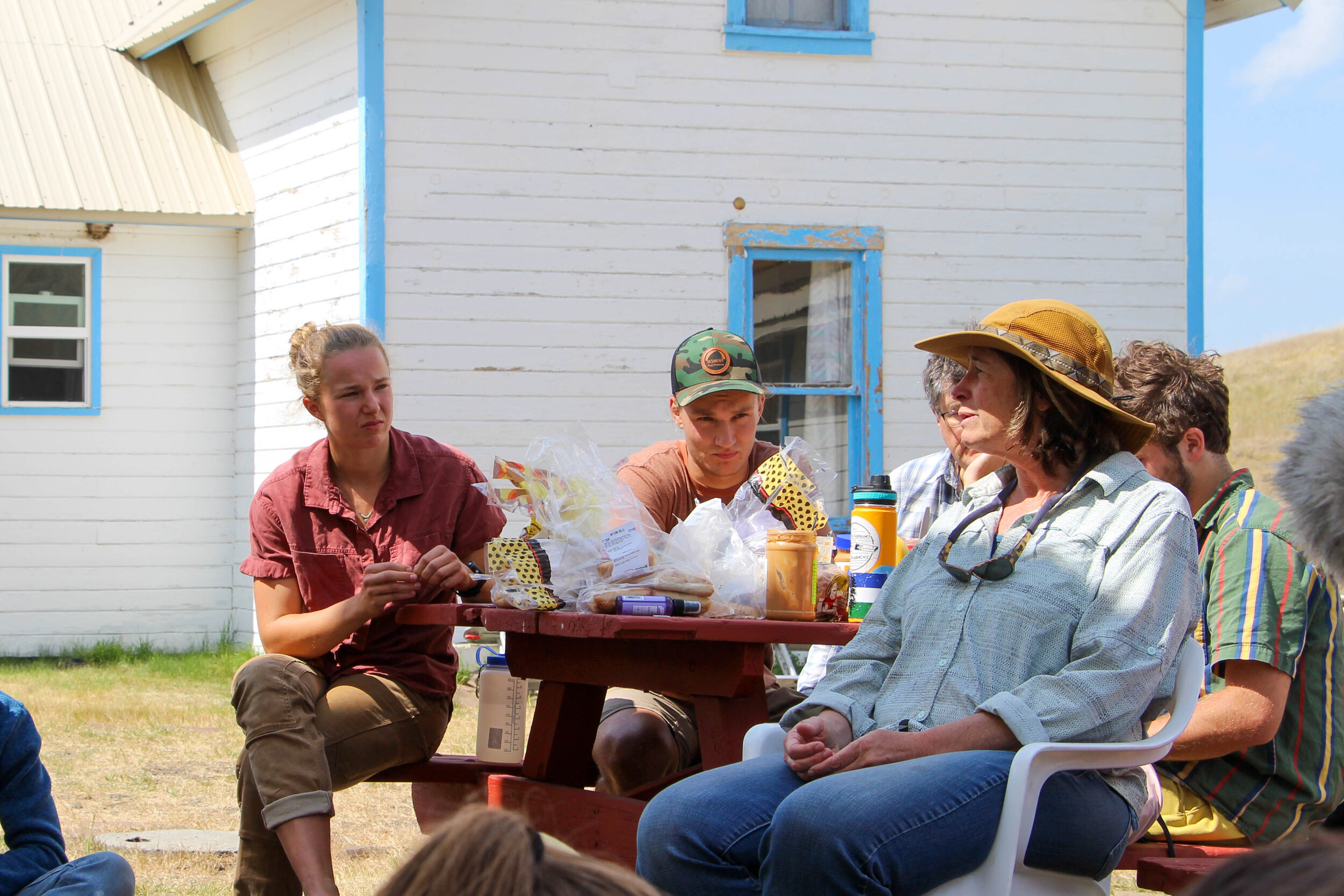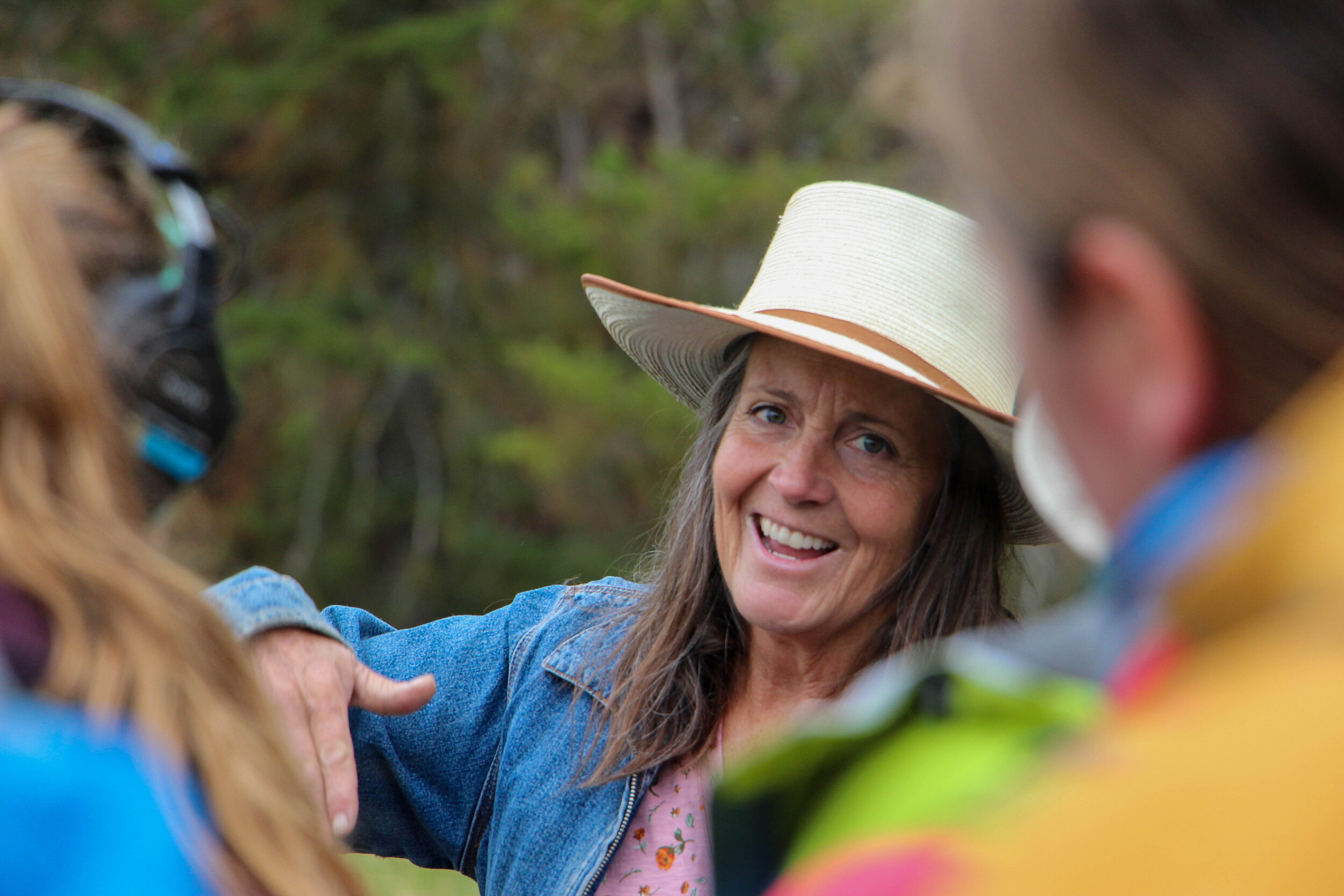Kristen Kirkby
Fisheries Biologist, Cascade Fisheries
Twisp, WA
8/31/2021
There are nine dams on the Columbia River between the ocean and the spawning grounds for salmon and steelhead in the Methow River Basin. During migration their chances of survival exponentially decrease with each obstacle. For Kristen Kirkby, Fisheries Biologist with Cascade Fisheries and 2004 Westie, protecting this migration route is key. Spring Chinook salmon, steelhead, bull trout, and Pacific lamprey (Kristen’s favorite water dwellers) are all listed under the Endangered Species Act as either threatened or endangered. The populations of these species have been plummeting over the past century due to a variety of factors Kristen says can be summarized as the four “H’s”: habitat, hatcheries, harvest, and hydroelectric dams. Overconsumption, habitat degradation, disease from hatcheries, and dams create a nearly impossible path to sea for these fish.
In an effort to ameliorate the dire situation, Kirkby utilizes mitigation funds from the Bonneville Power Administration (BPA), the organization that manages Columbia River hydroelectricity, to restore and rehabilitate rivers and tributaries that can help safely house and transport fish on their journey through the Columbia River. These funds stem BPA, which promised to pay out $900 million from their revenue for fish habitat restoration projects over a period of ten years.
Kristen has been working on projects with Cascade Fisheries for more than a decade, one of which located at Wolf Creek in the Methow Valley. Westies were fortunate enough to suit up and snorkel with some of the many fish that inhabit and thrive within the restored riparian area. The work that Kirkby is doing is limited in its ability to drastically alter the survival chances of salmonids trapped in a dammed river system once they leave protected habitats upriver. And yet, her confidence remains reassuring despite the unpredictable flow of fish politics in the Pacific Northwest.
By Elio Van Gorden


